VAT is something that business owners cannot overlook when their annual turnover reaches a particular threshold, and without VAT registration, they cannot charge VAT from consumers. But, for new entrepreneurs, the VAT concept can be haunting unless they understand the basics.
VAT returns, rates, and deadlines differ from tax returns and are indirect taxes paid to the government by end consumers. This guide will cover everything about how VAT UK works for new businesses.
Table of Content
What is VAT?
Before knowing how VAT work, let us understand what VAT or Value Added Tax is in the UK.
VAT is an indirect tax applied on most of the goods and services sold in the UK, and a VAT-registered business can only charge VAT on consumers. Outside the UK, it is also known as General Sales Tax or GST.

All VAT-registered businesses or consumers participate in collecting VAT and submitting it to HMRC within deadlines. Some can reclaim their VAT payments on the VAT return, while others pay it as an indirect tax.
Who will register for VAT?
Almost everyone running a business in the UK can register for VAT; however, it goes with two options: compulsory registration and voluntary registration.
Any business with a turnover of more than £85,000 a year must register for VAT. However, below that threshold level, companies can register for VAT voluntarily. VAT work similarly for sole traders and limited companies.
The VAT rate on most goods and services in the UK is 20%; some are available at a reduced rate of 5%, a few charge a 0% VAT rate, and others are exempted from VAT payments.
If your business deals with goods or services that are exempt from VAT,
● you cannot register for VAT, and
● you cannot recover any VAT payments incurred due to any purchase or expense
How does VAT for new businesses work?
Wondering about how to work out VAT? Here are a few things to consider.
● Register for VAT with HMRC
● Once registered, you can charge VAT to customers
● Keep records of VAT collected and paid
● You must file VAT returns similar to a self-assessment tax return, ususly every three months
● Pay the VAT amount owed to the HMRC or reclaim the excess amount paid
● Learn about Making Tax Digital for VAT in the UK and complete your recording, filing and payment procedures smoothly
Now, while working out VAT, we need to focus on two things:
● How much VAT do you charge?
● How much VAT do you pay?
As discussed above, VAT rates in the UK are of three types: basic rate, reduced rate, and zero-rated products and services. Plus, some VAT exemptions include insurance, finance, education and training, fundraising events by charities, subscriptions to membership organizations, and sailing, leasing and letting commercial plots or buildings.
The VAT you charge on pay depends on the goods and services you purchase. For example, if you buy mobility aids for elders, you pay 5% VAT, whereas equipment for disabled people charges 0% VAT.
Input vs output tax
The amount of VAT you pay is the output VAT, and the amount you charge is the input VAT.
Businesses purchasing goods from suppliers pay VAT and can reclaim them on their VAT returns. If the output VAT is more than the input VAT, HMRC pays you the extra amount, but in the opposite case, you need to pay the remaining amount to HMRC before the deadline.
Example of how to work out VAT UK
Emily buys a flower vase at £10 and pays 20% VAT. The final price is £12, and the output VAT is £2.
She sells the product to Tom for £20 and asks for 20% VAT. So the final selling price is £24, and the input VAT is £4.
Emily pays HMRC £2 (£4 input VAT – £2output VAT).
What are the VAT schemes for SMEs?
When you know how VAT work in UK, let us know a few of its schemes.
HMRC in the UK introduces several VAT schemes for small businesses, including
● Cash Accounting Scheme
Businesses estimate their taxable turnover, excluding VAT, will not exceed £1,350,000 while registering for VAT. However, they must leave the scheme once the income exceeds £1,600,000 for 12 consecutive months.
Here, you pay VAT on sales when your customer pays you and reclaim VAT on expenses when you pay your supplier.
● Flat Rate Scheme
Businesses can join the scheme with an annual taxable turnover excluding VAT up to £150,000 and leave the scheme when the turnover exceeds £230,000.
You calculate VAT by applying a fixed percentage to your taxable turnover. For the first year of VAT registration, you receive a 1% reduction of the flat rate.
● Annual Accounting Scheme
Under this scheme, you don’t make quarterly returns and get a chance to make advance instalments towards your VAT bill consistently. However, you file one VAT return and pay the remaining balance or claim back any overpayment. Businesses with an annual turnover below £1.35 million can apply for the scheme.
Should I register for VAT?
In most cases, new businesses cannot reach the VAT threshold level, and they tend to overlook the concept of VAT. However, you can voluntarily register for VAT to enjoy its advantages.
You can reclaim the VAT paid on start-up costs, including the expenses of purchasing new equipment and supplies to start a business.
And, being a VAT-registered business, you create a sense of trust, authority, and permanence among your clients when looking to do business with you. Plus, clients will never find out about your annual turnover, break their expectations, or damage your goodwill.

Wrapping up
For new business owners, the VAT process may not be challenging until their taxable turnover reaches or is about to get the VAT threshold or the business starts expanding.
Seek advice from professionals to understand the new Making Tax Digital for VAT, change in legislation, meeting deadlines, and several other reasons.

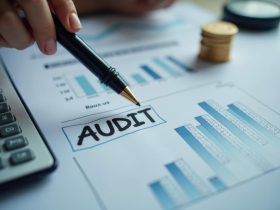
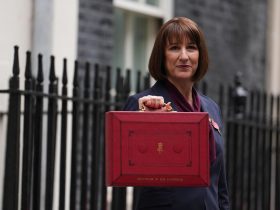


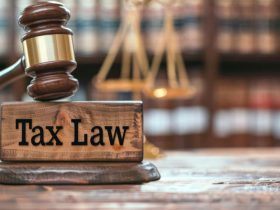

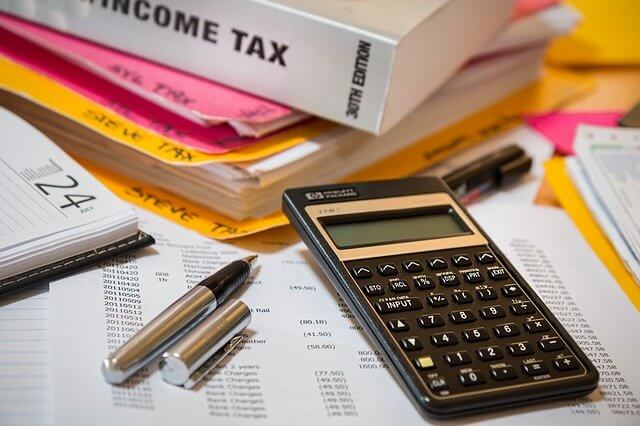
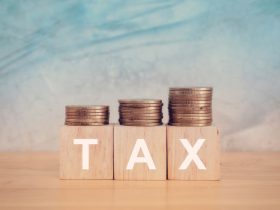

Leave a Reply